
AeroGenie — Seu copiloto inteligente.
Tendências
Categories
What We Know About the Airbus A350 Freighter
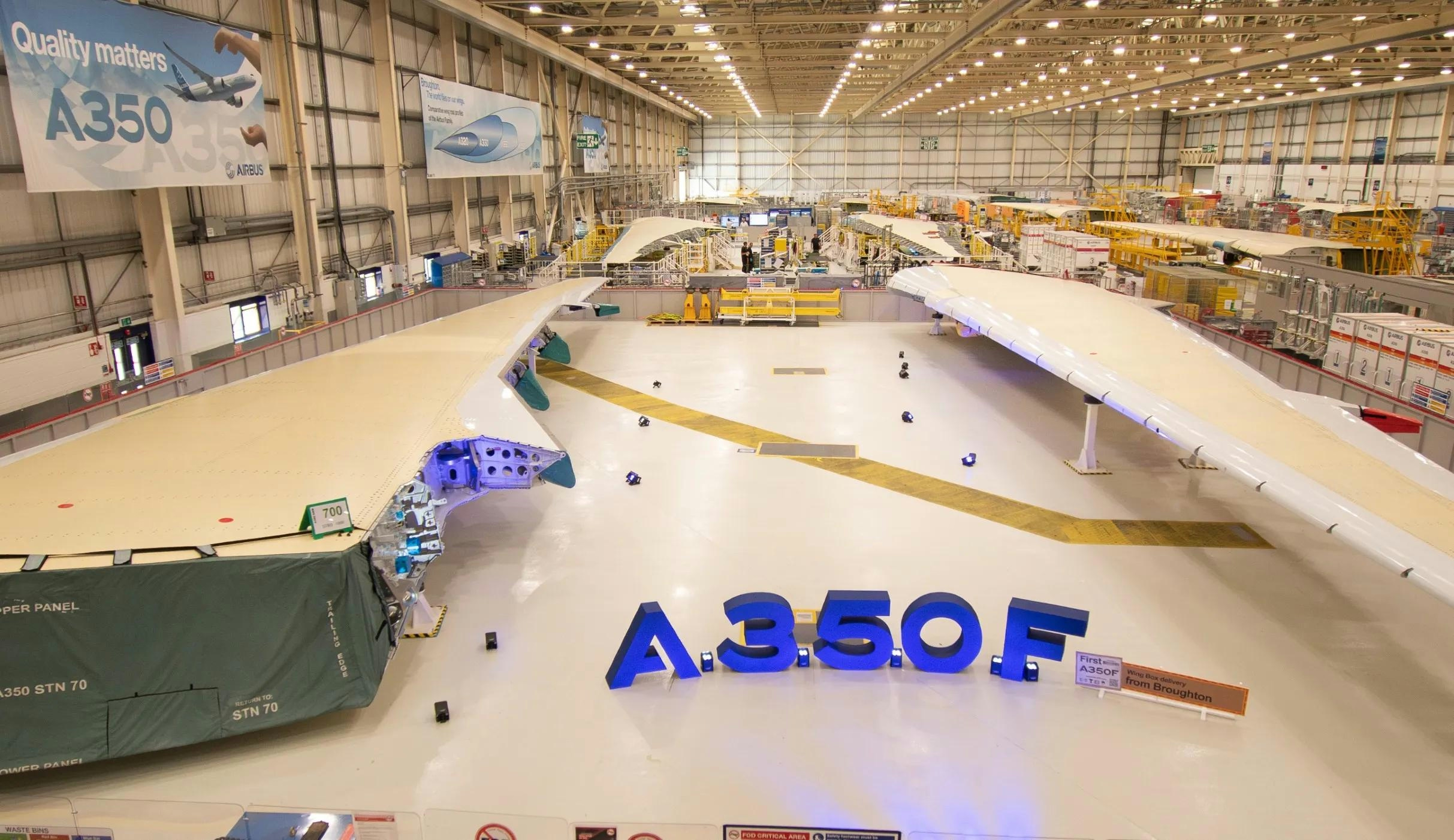
What We Know About the Airbus A350 Freighter
The Airbus A350F is positioned to compete directly with Boeing’s 777-8F cargo aircraft amid a challenging landscape for the air freight industry. Its development has encountered delays, reflecting broader regulatory and economic pressures facing the sector. While many freighters currently in operation are conversions of older passenger planes, new International Civil Aviation Organization (ICAO) regulations coming into effect in 2027 are compelling manufacturers to produce next-generation freighters that meet stricter environmental and operational standards. Boeing, for instance, must complete deliveries of its remaining 27 767-300Fs and 56 777Fs by this deadline, although the Federal Aviation Administration (FAA) has granted a U.S. extension until 2033. International regulations, however, remain firm.
Both Airbus and Boeing are designing their new freighters to comply with these evolving standards. A key advantage for airlines is aircraft commonality, which reduces maintenance complexity and training costs. The A350F shares significant design elements with the A330, while Boeing’s 777X freighter builds on the legacy of the older 777 and, to a lesser extent, the 787.
Construction Progress and Timeline
Airbus commenced assembly of the first A350F in 2025. By August of that year, the program reached a significant milestone with the delivery of the rear fuselage section from Hamburg to Toulouse, following the arrival of the initial fuselage segment in March. Subsequent deliveries of the central and forward fuselage sections were completed by late summer, and wing assembly was underway. Currently, the aircraft’s structural assembly is largely finished. Airbus is constructing two test aircraft and has scheduled flight trials for 2026 and 2027.
Despite these advancements, the A350F’s entry into service has been postponed from 2026 to the latter half of 2027. Should Airbus adhere to this revised timeline, it would still precede Boeing’s 777-8F, which has been delayed until 2028.
Market Context and Industry Challenges
The A350F is entering a market shaped by both enduring challenges and emerging opportunities. The global air cargo sector continues to feel the lingering effects of the 2008 financial crisis, which has tempered growth and contributed to a contraction in the worldwide freighter fleet. Nonetheless, the market response to the A350F has been encouraging. Major carriers such as Air China Cargo and Korean Air have placed substantial orders, committing to as many as ten and seven aircraft respectively. These commitments underscore confidence in the A350F’s capabilities despite the subdued growth environment.
Competitive dynamics within the commercial aviation market are also evolving. Airbus’s A320 family recently surpassed Boeing’s 737 as the most frequently delivered commercial jet, highlighting the industry’s preference for cost-effective and adaptable aircraft. Airbus aims to extend these qualities to the freighter segment with the A350F.
A Next-Generation, Clean-Sheet Freighter
The A350F distinguishes itself as the first dedicated freighter developed from a modern, composite-intensive airframe, unlike Boeing’s current freighters, which are based on legacy models such as the 737, 767, 777, and the now-retired 747. Although the 777-8F is derived from the updated 777X and incorporates a higher proportion of composite materials, it is not a clean-sheet design and contains approximately 30 percent advanced materials.
Airbus emphasizes that the A350F is significantly lighter and requires less maintenance than its competitors. Key structural components—including the wings, center wing box, and fuselage panels—are constructed from advanced composites, contributing to improved efficiency and durability.
As the A350F progresses toward completion, it embodies Airbus’s ambition to establish a new benchmark in next-generation cargo aircraft, balancing regulatory compliance, operational efficiency, and market demand.

Aerospace and Defense Executives Warn of Ongoing Supply Chain Vulnerabilities

ABM Industries’ Aviation Partnership Signals Broader Innovation Strategy
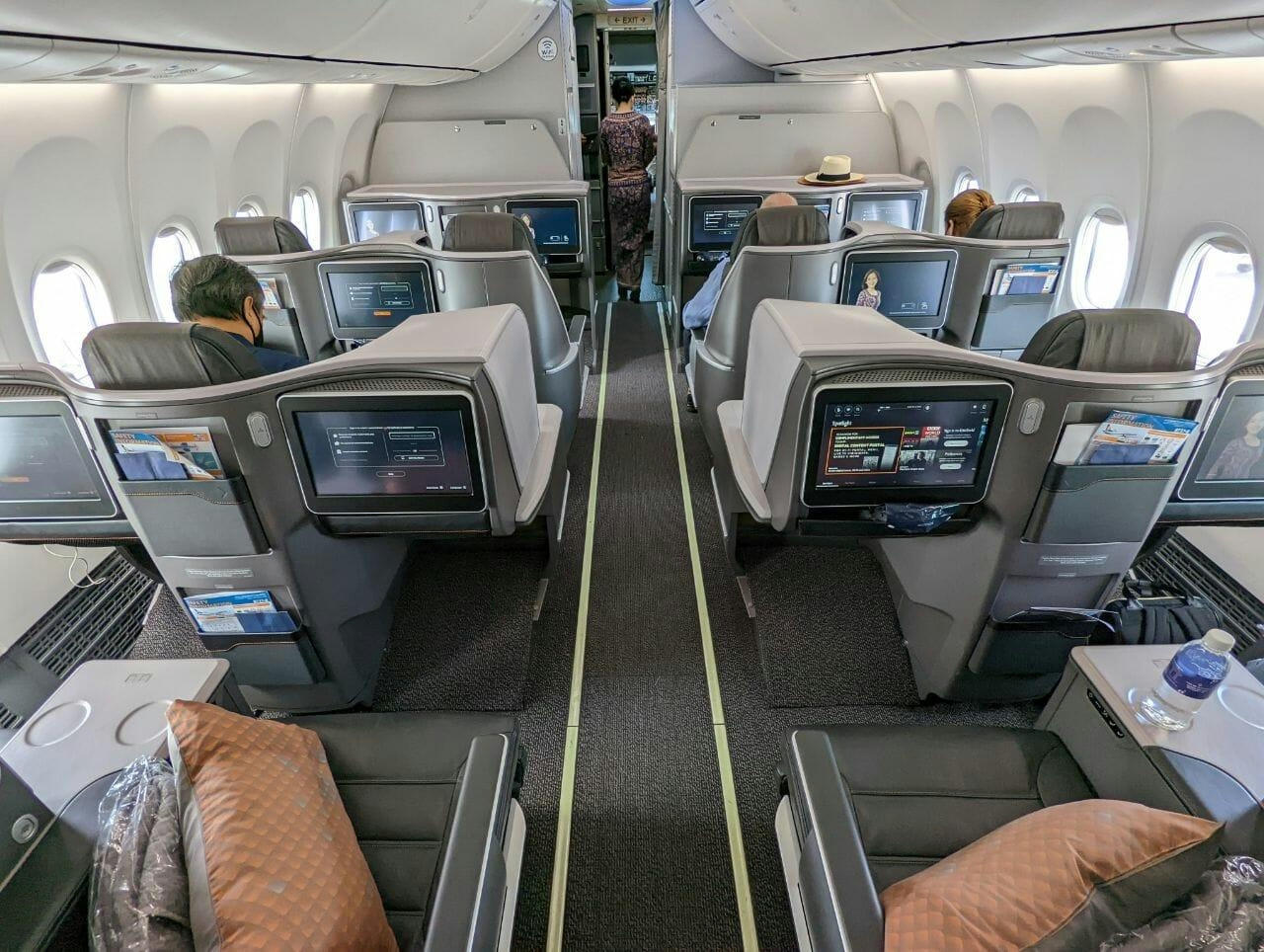
Singapore Airlines 737 MAX Business Class Review
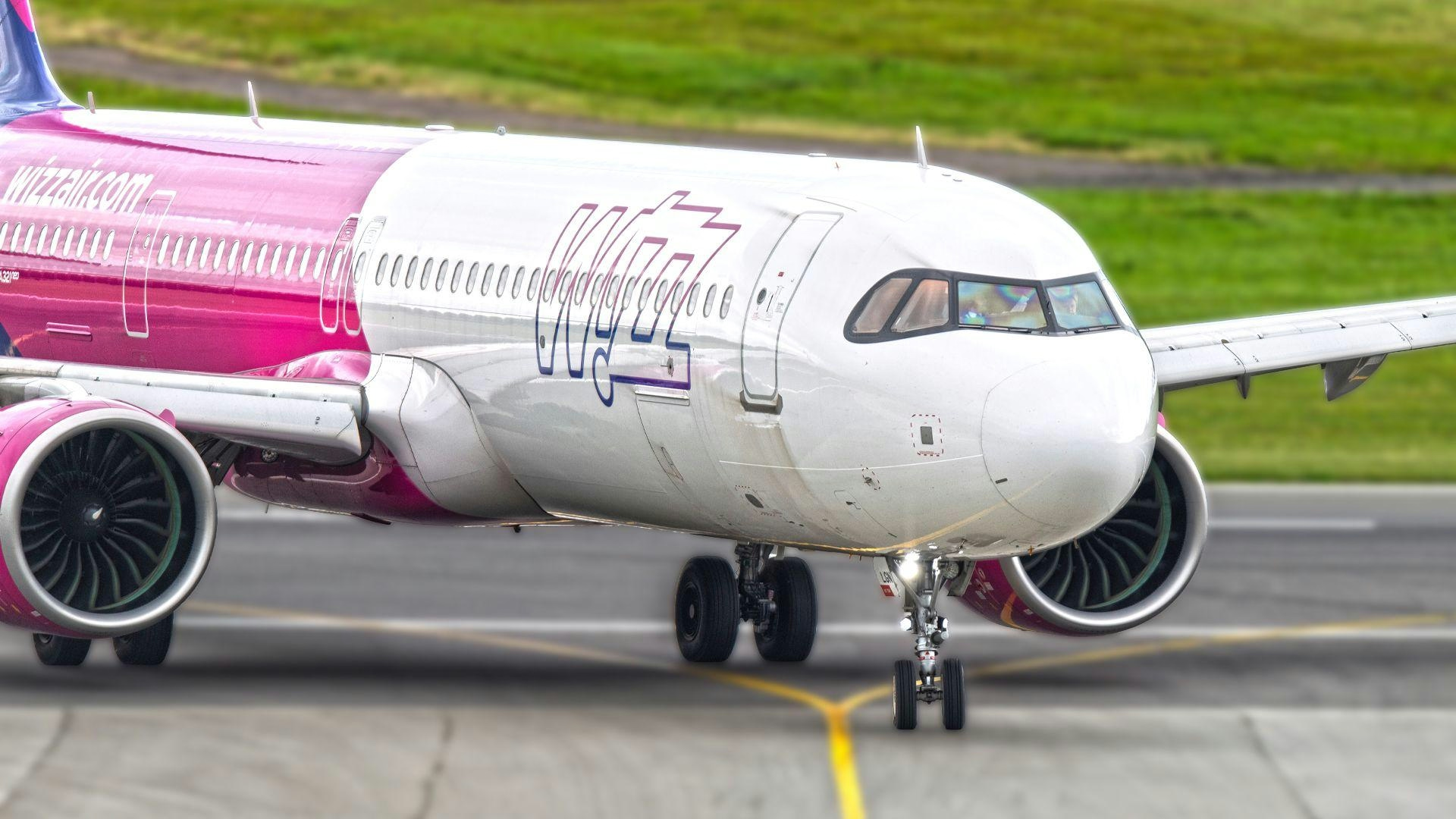
Wizz Air Grounds Two A321XLR Aircraft and Cuts Future Orders

The Enduring Legacy of the Boeing 747 in Aviation Engineering
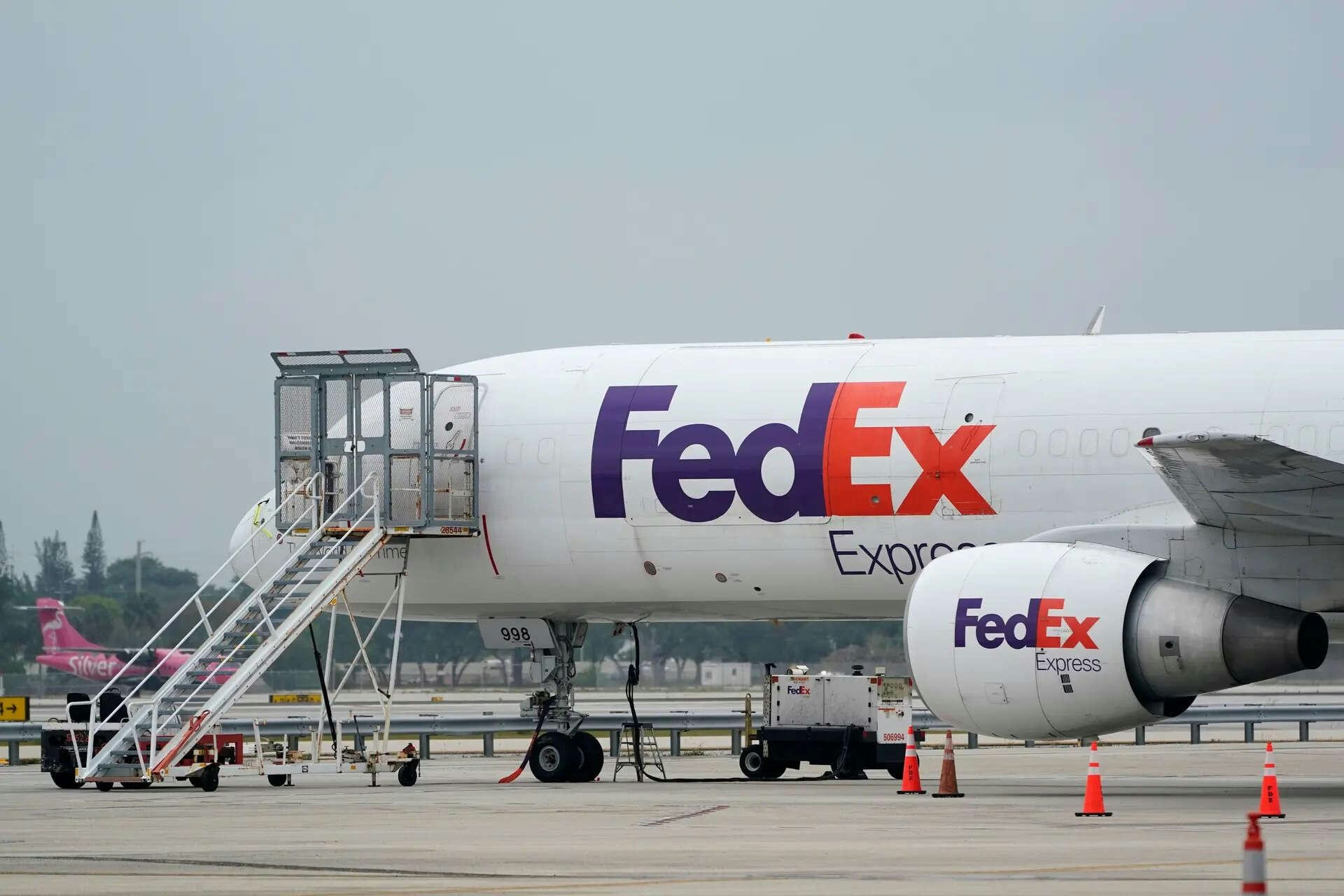
UPS, FedEx ground dozens of aircraft at Boeing’s recommendation
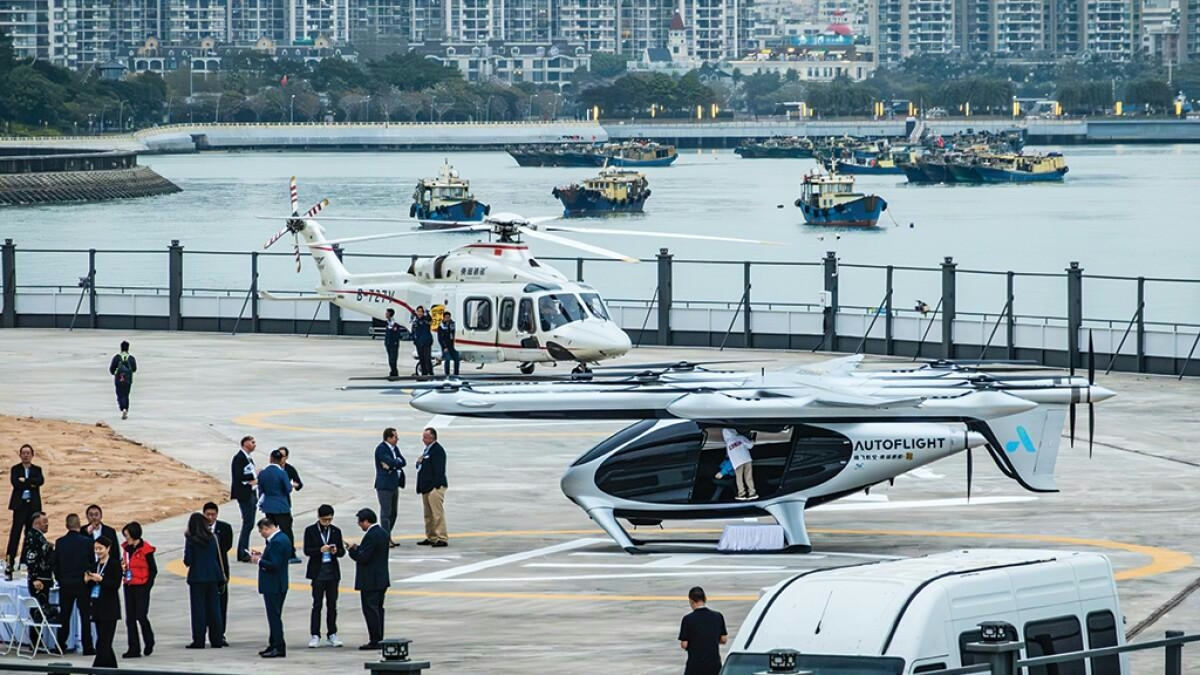
China’s Low-Altitude Economy Expands with Air Taxis and Drone Deliveries

Report Details Fiery History of McDonnell Douglas MD-11’s CF6 Engine

Supreme Court Rules Pilot Not Liable in Air India AI171 Crash
